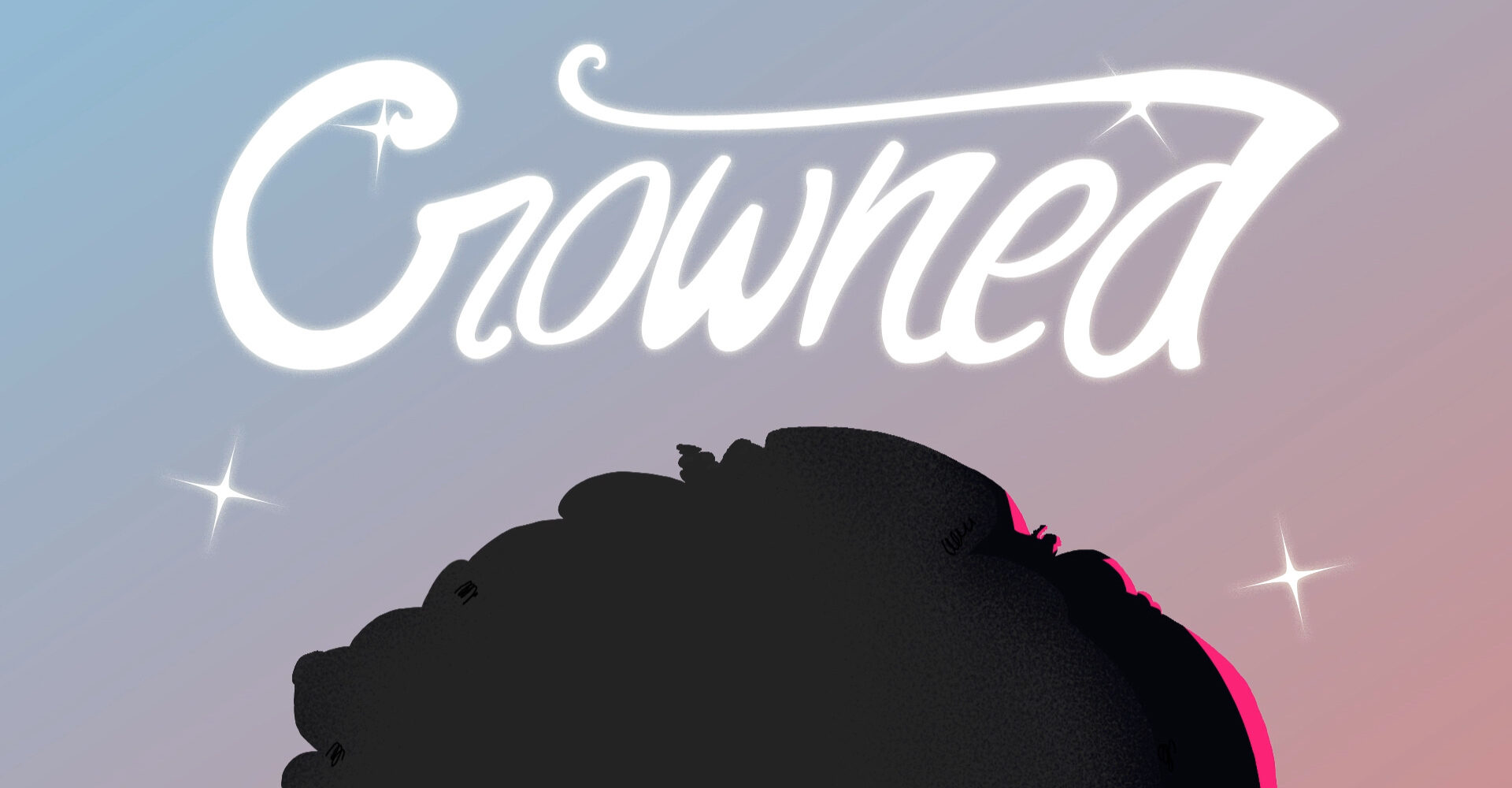
What Leah Wyar Is Doing To Make Beauty Site Byrdie Fly
When Leah Wyar decided to move from Hearst to Dotdash nearly three years ago, she didn’t really know what she was signing up for. That’s because the media company hadn’t yet revealed its acquisition of beauty website Byrdie from Clique Brands or purchased the publication Brides from Condé Nast, both of which Wyar guides today as GM and SVP.
After a post-deals adjustment period, Wyar has shown why Dotdash chose her for the job. Byrdie draws over 10 million monthly readers, has published magazine-style digital issues with Lily Collins, Taylor Russell, Halsey, Joey King and Jamie Chung as cover stars and, according to Terakeet, an SEO firm unaffiliated with Byrdie, holds the top position in organic search among beauty-related businesses, besting the likes of Sephora, Ulta Beauty and Cosmopolitan, where Wyar previously worked.
She emphasizes Byrdie’s organic search strength is due to the strength of its 10,000-plus stories. “I will prioritize making the best document out there over making 10 mediocre documents,” says Wyar. “Over time, that has just been baked into our culture at Byrdie, and everyone knows the expectation, and that is why the content rises to the top.”
For smaller beauty brands that worry about their place in the site’s content, Wyar is adamant they’re valued. “Part of being a modern media company is that you have to cover brands that people don’t know about because, if you don’t, it’s not interesting,” she says. “You have to kind of put the old-school ways of doing business aside because it’s not interesting that way anymore.”
Beauty Independent talked to Wyar about her transition from old-school to new-school media and much, much more in a wide-ranging interview we have condensed below.
Did you always want to be in media?
The truth is I didn’t really know that this job existed. I went to school and was a psych major. I had already been accepted to get my master’s in behavioral and organizational psychology, so I was going to do that. Then, super randomly, I was in my college career center and saw this advertisement for an assistant beauty and fashion editor at Health magazine. I was like, “That looks really cool.” I always liked magazines. I always liked beauty and fashion, but, growing up in a very, very, very tiny town, I don’t think I was actually aware that this was a thing you could do and how the industry worked, so I never set my sights on it.
This particular opportunity just sort of serendipitously happened. The person who was advertising for the job at the school was an alum. She was the beauty director at Health, and we hit it off. Her name was Colleen Sullivan. She was basically like, “I don’t really care that you don’t have experience. I’m more or less looking for somebody to train and be like a traditional assistant. If you want to try it, I’ll give you a shot.” I deferred my acceptance to grad school for one year because I was like, “This will be my plan B.” I never looked back.
What was it like for you at Cosmo?
Editor-in-chief Kate White was like the queen of the cover line. The business was so big. People joked all the time that Cosmo kept the lights on at Hearst. The amount of pages dedicated to beauty was really, really high. There were 65 editions around the world, and we were supplying beauty content for the world.
Three years after Kate hired me, Kate left and Joanna Coles came on. I fought tooth and nail to make sure she didn’t fire me. I had wanted to work for her for so long. She was another legend in the business. Thankfully, she didn’t fire me. She took Cosmo in a totally different direction, which was less service-y and more newsy. There were more personal essays, and she was the best at anything related to television. She created “The Bold Type” on Freeform.
The last stage of my career at Hearst, the decline of print forced the company to just try new ways of cost savings, and one of those things was creating these hubs across the company where one person would run a division. I ran the beauty hub. Then, shortly after Joanna left, I was like, “I think it’s time for me to try something new.” I definitely needed to get into digital, and Dotdash recruited me.
Why did you want to join Byrdie?
They [Dotdash] had reached out on LinkedIn and said, “We’re looking for somebody to start a beauty and style group. We’re either going to build a site and start it from scratch or we’re going to acquire something and you’ll run that.” It was a really, really rich opportunity that I just couldn’t say no to. I fully bought into the way Dotdash works as a business. I was inspired by the C-suite.
A boss like Joanna was so inspiring, and let you do whatever you wanted to do because she believed in you and trusted you. For me, I knew the bar was set very high. If I was going to leave, I was hoping to have that again. I just didn’t know if I would. And that’s how I felt about Neil [Vogel], our CEO [at Dotdash]. So, I was just like, “I don’t care what the job is. I want to work here.”
The hard part for a traditional print editor to cross over to digital is that, as a print editor, you are taught how to create a story that is high quality with thousands of words. Everything is fact-checked and illustrated with an original piece of art. Digital is a tossup sometimes. There was a moment in the 2000s where everything was a listicle. That’s not why I invested 20 years to do this.
If I was going to go to digital, I was going to go for the right reason. If not, I was going to try to go work for a brand. We have a 50-person review board. We will make sure everything we are writing makes sense and is as up-to-date as possible. That happens in every one of our stories. We have original art on all of our stories, and we’re investing in innovations like digital issues. It just felt like, “Yes, if I go here, I’m going to have a positive experience.”
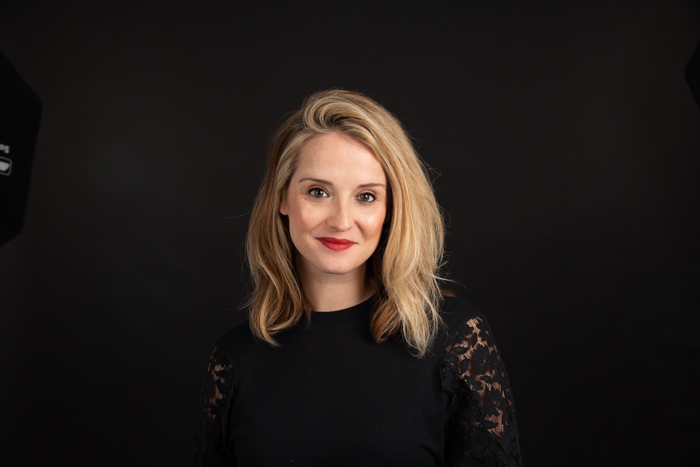
How has your job evolved?
The first thing is, when I got here, they were like, “You’re going to run Byrdie, but you are also going to run MyDomaine, the home site.” I was like, “OK, I will run it for a little bit, but maybe, at some point, we can reassess that because that’s not really my strength.” We did eventually move that over, which was good. And, then, the Brides acquisition came in from Conde Nast. So, within three months, I was running three sites. Those were the first acquisitions that the company made. It was a challenge I think with any acquisition, when you are tasked with blending two worlds together, and you yourself have come from a third world.
Trying to learn the world of Dotdash that I was fairly new to and keeping the team motivated that you just acquired, those were things that I didn’t know I was going to have to do when I signed up for the job. That was completely different than what I was expecting. I started off with six editors maybe. In two and a half years, the team has grown to 26 people. So, that’s a huge change. It’s an amazing thing that they believe in us and have invested. When I first got here, I was learning how to do digital to be honest with you. I joke it was like learning a different language. The print world has its own language.
What is a piece of content that’s driving traffic?
When we set out to do digital issues, we were doing it because we wanted a really beautiful place to showcase great content, but also to tell stories of celebrities who we thought were interesting. Our celebrities for digital issues, they’re a different type of celebrity. Our barometer for whether or not we want to put someone on the cover is, do they have something interesting to say?
A very big part of our DNA is these first-person stories that are very honest and that aren’t predictable. Everybody we have had so far on our cover has done that in a beautiful way. The issue we launched in May, Jamie Chung was the cover star. She had an incredibly powerful cover story.
The entire creative team on the shoot was representative of the AAPI population, and it was just a very powerful piece. We felt so strong about it. It was the very best we could have ever done. Then, the numbers on the stories really reassured us of that. The cover story did well. The impressions generated through various pieces of pickup exceeded our imagination.
We have a video series called Crowned that explores the history and culture of Black hair. Those stories are doing insanely well. We recognized about a year and a half ago that all of our natural hair content was just blowing through the roof. So, we created a whole specific channel for that content that wasn’t just in the general hair category. We look at these things that are really starting to increase in viewership and decide, do we break this off into its own thing? That’s what happened to Crowned. What we are doing is core to our DNA at Byrdie and what the reader wants.
How can you improve diversity efforts both in front of and behind the screen?
After the George Floyd murder, we really sat down and just said, “What are we going to do? How are we addressing this?” There was nothing else that was more important to us. We created this pledge that is incredibly intricate. We have these promises to the readership that we hold ourselves accountable to every single month. Then, we report the progress on that every single quarter on the site. They’re objective actual data.
If you are not doing that and you don’t have your own beliefs about what is going to make a difference, and you are not following those and you are not holding to them, how do you make a difference? There’s no other way to do it. You can say you are diverse in your content and your visuals and your social feed, but how do you know that you are unless you are striving for that and your entire team is rowing in the same boat?
We have a monthly meeting where every single person on my team is there. We go through the numbers. We decide, do we believe we did the best we could do? Can we do better? How do we do better? And, by the way, this happens at every single vertical at Dotdash. We do this as a whole company. We believe that’s the biggest step. Everybody knows on my team they have a full voice to express if they are looking at something and realizing this is not good enough. These are ongoing conversations that we have all through the month, but particularly that meeting is a place where we just really get real with each other and look at the numbers and decide, what else is it that we can do?
What areas can you continue to work on?
We continue to work on every area. One of the things that is frustrating to me is when you are when you are a brand and you say that you prioritize diversity and, then, you go to that brand’s Instagram page, for example, it takes a lot of attention to make sure that your feed is representative because things go out so quickly. If you are not looking at various posts and how that looks as a whole as someone scrolling through your feed, it takes a lot of effort to be able to say, “You know, no, we’re, we’re not going tell this story visually with this picture. We need to tell it in a better way.”
Our social team was like our pledge on social is we are going to have a diverse image every three frames at the very least. That is not the easiest thing to do when you are working on speed on social. So, you have to be paying attention, and making sure that the leads and the teams underneath those leads have a voice and are empowered to make those decisions on the fly. They have to be able to just do their jobs and make sure that is a daily goal that they are working toward. It’s the only way that it works.
For a long, long time in beauty, the space was taken up by a lot of white women who didn’t have any education or knowledge about topics that didn’t directly apply to them. One of our points in our diversity pledge is that our editors are educating themselves about all skin and hair types, textures, issues and concerns. If a non-white person is asking a beauty question, a white beauty editor should be able to answer it. That’s really an area that continues to need improvement at every level for every media company. We try really hard. Our editors will sit in a seminar or take a class, they’ll do something to level up their knowledge on everything, and I think that’s an area that everybody needs to really get better at.
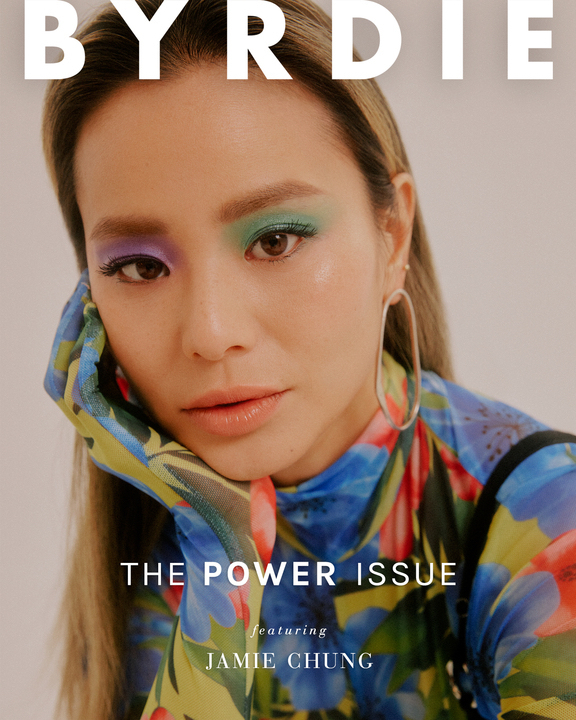
What’s the approach to the incorporation of affiliate links?
On a beauty site, 80% of the stories are going to have product woven into them, maybe more. We take as editors incredible pride in what we do and are conscientious as to what we are telling our readers to buy. When Byrdie was started, one of the very key pillars that is still as important today is going through the market and shining a light on products that we truly believe are the best.
It’s weird because I grew up in the world of print where there was this sort of gray line. People said it was church and state, but brands who were your advertisers were the people who often got a lot of credits. But, at Byrdie, a lot of what we recommend are small companies that don’t even have budgets. We credit them because we tried the product, and we loved it so much we want to write about it. Part of what we do is we love to surface new products and new brands, things that nobody’s heard of before.
With the affiliate stuff, the approach that we take is that, as editors, we are the ones doing the testing, we’re finding the things we want to surface. It is the same tactic that we use for all of editorial. We work with our commerce lead and our commerce lead is looking to us. We have a spreadsheet that, when they create a commerce story, we are the ones putting in the products that we want them to write about. It is editorial first. We are incredibly strict about what those products are because that is what has created Byrdie to be such a trusted source with its readership.
We hear from a lot of smaller beauty brands that they think all media coverage is bought and sold. Do you think they’re justified in their perception?
That’s what many years of beauty have been. In publishing, you would always know who your advertisers were, and there was an expectation that you prioritize those brands over smaller brands. I’m sure that still applies for lot of brands and media, but I’m in the business of creating the future of Byrdie, and I believe Byrdie is the future of beauty because we do things differently.
How do you feel like the overall beauty media landscape should be or can be improved?
There’s still a way that people tell stories that is not really transparent. There is a direction that people are moving into that is a much more real, putting the opinions of the writer out there, not being afraid to tell stories from a first-person perspective that might be not perfectly wrapped up and tied with a bow, but they might be so honest that they ruffle a couple of feathers. It really boils down to making sure you have enough diverse voices to tell stories.
What do you hope for the next generation of beauty editors?
What I hope for beauty editors down the road is that they’re not afraid to question processes, and they’re not afraid to speak about narrow-minded or non-democratic decisions that are made in a vacuum. I think that was a very frustrating thing for people who may not have had a director title, and they watched things happen and they had no voice. I think that’s changing. I hope that’s changing.
I still love this world, and I am so proud and happy that I get to play a role in it that still feels relevant and important. I’m proud of the content that we produce, and I think there’s still happiness and joy that can be found in this world, for sure.

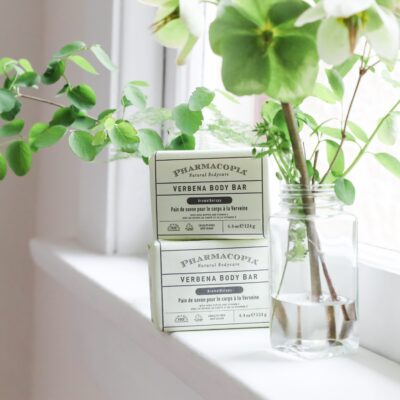
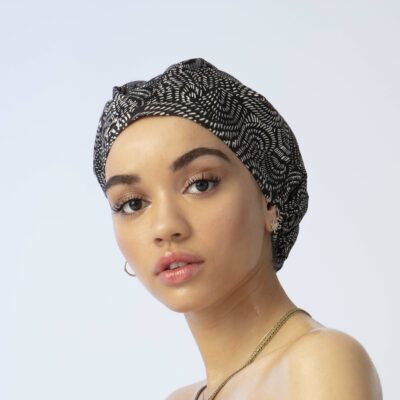
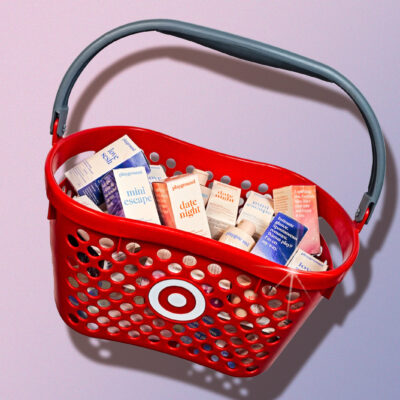

Leave a Reply
You must be logged in to post a comment.